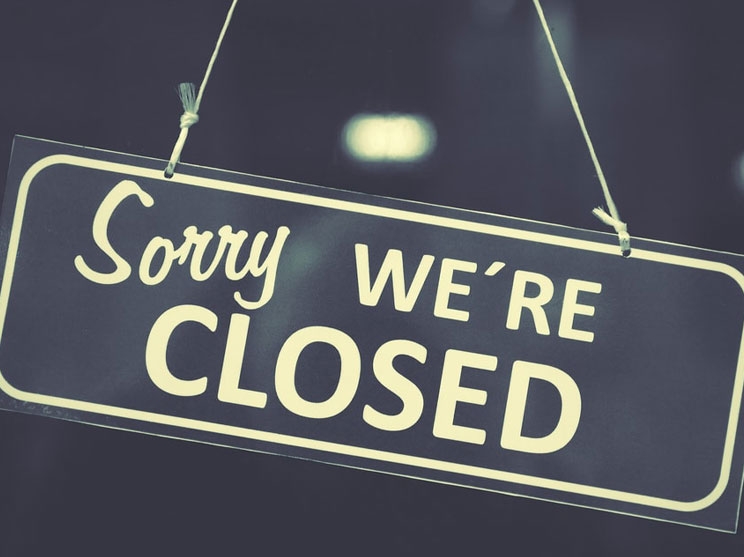
The vast majority of dentists are now seeing less than 5% of their typical collections, according to the second round of results from the ADA Health Policy Institute (HPI) poll.
Generated from responses gathered during the week of April 6, the poll included 6,441 dentists in private practices with a response rate of more than 50%.
“This invaluable data gives an accurate picture of what dentists are facing and will help shape the ADA’s response,” said Marko Vujicic, PhD, chief economist and HPI vice president.
Also, 79% of dentists said their practices were closed except for emergency patients, and another 18% are closed completely, indicating that the vast majority of dentists are complying with Centers for Disease Control and Prevention and ADA guidelines.
Outlier states were Vermont and Arkansas, with 38% and 31% of practices fully closed, respectively.
In Pennsylvania, 74% of dentists reported that their practices were fully closed during the week of March 23. But that dropped to 29% this week after the state relaxed an earlier complete ban on dental procedures.
Two weeks ago, 27% of dentists were paying their staff full, compared to 11% this week. Conversely, the percentage not paying any of their staff rose from 28% to 44%.
The second poll asked what dentists would consider to ensure the sustainability of their practices if current restrictions continue.
Through the end of April and June, most dentists said they would focus on cost-cutting, including adjusting staffing and borrowing money to address shortfalls.
If the situation were to continue through the end of August, however, 46% said they would consider closing, selling, or filing for bankruptcy.
“The data tell a clear story. The early, proactive response by the dental profession to safeguard the safety of patients and help flatten the curve and preserve PPE has, as expected, impacted dental practices in a major way,” said Vujicic.
“Short-term financial relief from the Coronavirus Aid, Relief, and Economic Security Act, dental insurers, and other groups as well as the enhanced use of teledentistry could help ease financial shortfalls in the short term,” said Vujicic.
“What is clear at this stage, however, is that the coming two to three months represent a critical juncture for the economic sustainability of many dental practices,” said Vujicic.
HPI will continue to track data every two weeks in every state to provide information about how the pandemic is unfolding.
Dentists who want to participate in the poll can respond online. Results comparing the results from March 23 and April 6 are available online.
Related Articles
Survey Reveals Optimistic Outlook for Cosmetic Dentistry
ADA Resources Help Dentists Cope With the Stress of the Pandemic
ADA Poll Reports a Majority of US Dental Offices Closed











